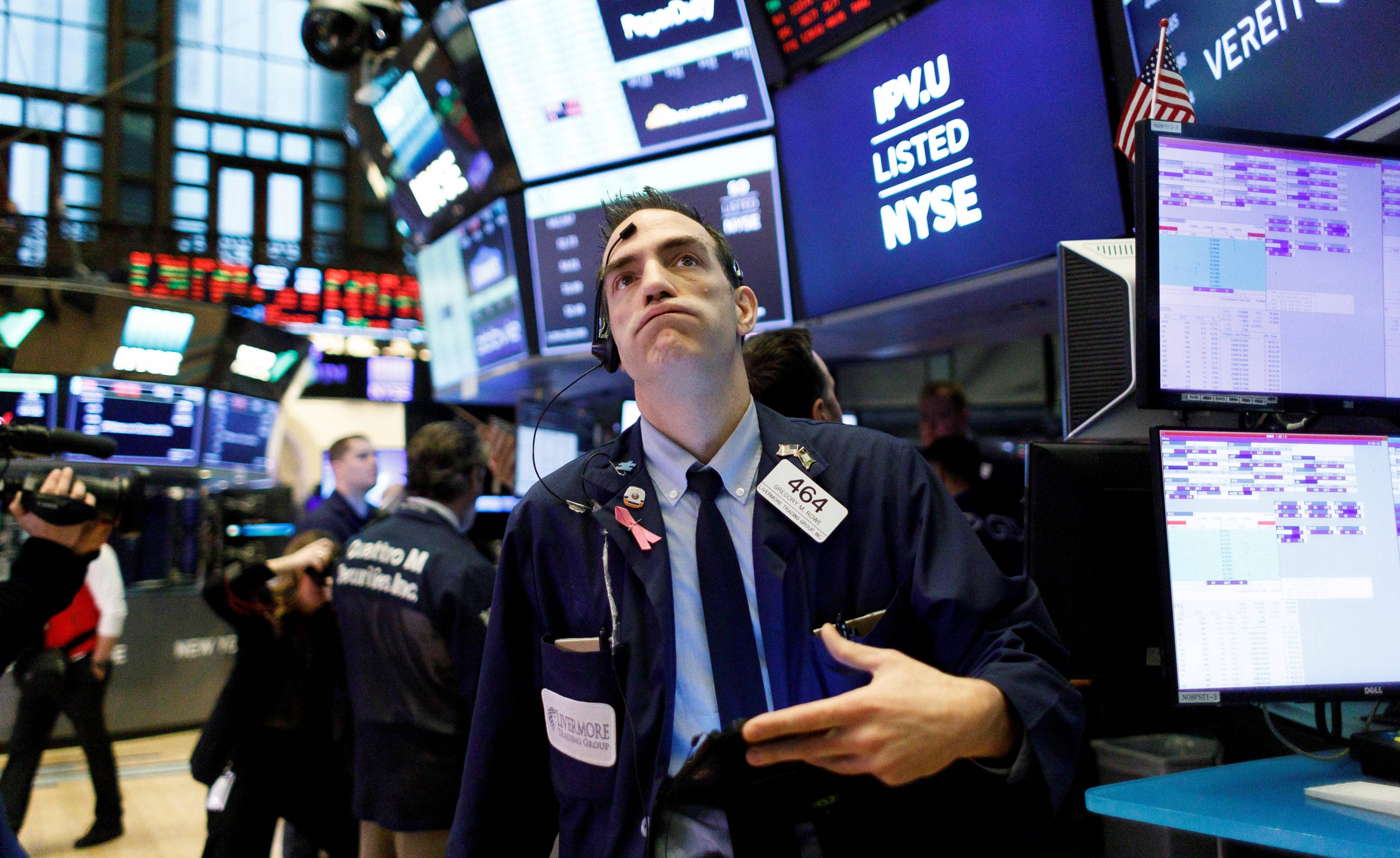The economy, another victim / Analysis by Ricardo Ávila

The sound of sirens and heavy anti-aircraft artillery fire woke residents of Tehran on Thursday night, the first step in a military confrontation between Israel and Iran that is just beginning. In the following hours, the two countries exchanged attacks, while the world urgently examined the possible scenarios arising from the rapidly worsening security situation in the Middle East.
Beyond Tel Aviv's arguments for launching its offensive at a time when a dialogue process under the auspices of the United States was underway, the market reaction was swift. Within hours, the price of Brent crude oil, the benchmark Colombia uses, soared to $78 a barrel.
It's true that at midday on Friday, June 13, there was a minor correction, but yesterday, June 14, crude oil was trading above $75, ten percent more than a week earlier. A jump of nearly 15 percent in what remains the planet's most important energy source is enough to alter already diminished projections for the global economy.

Oil prices have risen and are volatile. Photo: EFE
The scare is always likely to be temporary. Last October, attacks between the two opposing nations also occurred, causing concern among observers. Even so, the crisis was defused relatively quickly, due, among other reasons, to international pressure on each side.
Now optimists are banking on something similar. However, the characteristics of the current Israeli offensive are different, making a prolonged confrontation with much more bombing, which could spread to other locations in the region, more likely.
How to get through? At least that's what most shipping companies believe, as they've decided to suspend the dispatch of their affiliated vessels to the area, whose tranquility is crucial for ensuring hydrocarbon supplies. In particular, their eyes are focused on the Strait of Hormuz, a passage between the Gulf of Oman and the Persian Gulf, measuring between 60 and 100 kilometers wide.
The importance of the area lies in the fact that ships transport an average of 21 million barrels of oil per day, equivalent to one-fifth of global consumption and 35 percent of the crude oil transported by sea. In addition, more than a third of the liquefied natural gas trade also passes through this point.
Not only Iran, but also Iraq, Kuwait, Saudi Arabia, and the United Arab Emirates depend on normal transit through the water corridor. There are pipelines that can carry a significant amount of fuel, but not enough to prevent what would be a supply debacle.
Given the relative military weakness of Iran, whose defenses were already battered, the question observers are asking is whether the regime will try to impede navigation or intimidate anyone who ventures near its waters. In any case, even out of prudence, many tankers will steer clear, affecting oil and gas supplies.
No less worrying is the possibility of attacks on facilities such as ports, refineries, pumping plants, and storage sites scattered across the country. At odds with its neighbors, Iran has missiles and drones capable of causing extensive damage and further disruption.
Whatever the case, what matters most to the rest of the world is what will happen to oil prices. The simple answer is that if things stay close to where they are, there won't be any major disruptions. It's enough to remember that the average price of crude oil over the past three years is $76 per barrel, so the recent respite would have been atypical.

Iran and its response to Israel's attacks. Photo: EFE
However, a major shock always exists. For example, JP Morgan bank suggested a barrel price of $120 if hostilities continue. Meanwhile, an analyst at Rabobank in the Netherlands even mentioned $150 if extensive damage to production or transportation infrastructure in Saudi Arabia occurs.
As always happens in these things, the scenario would leave both winners and losers. Among the winners are consumers in the northern hemisphere, just as the arrival of summer and the holiday season leads motorists to use their vehicles more.
Aside from the hit to the wallet, alleviating inflationary pressures may be a bit more challenging. The implications are more serious for the United States, where the drop in gasoline prices had served to offset the rise in tariffs that increase the cost of imported goods. This explains the negative reaction on Wall Street, where major stocks experienced declines on Friday.
The fate of exporting countries that would see an increase in their revenues will be different. While in these cases it's better not to count the numbers and assume a bonanza is coming, many will be relieved to see that the prospect of a drop in hydrocarbon prices is fading.
With these considerations in mind, it's worth remembering that the global economy tends to grow faster if oil prices are moderate and do not fluctuate significantly. The White House's unilateral decision against its trading partners has much to do with the International Monetary Fund's half-percentage-point cut—to 2.8 percent—in its global GDP growth forecasts.
Now, the mix of fear and misgivings threatens to further reduce that figure. And if we add to that the fact that Donald Trump reiterated a few days ago that the three-month suspension of higher tariffs against dozens of nations is about to expire, it would be naive to think the future is already clear.
Quite the opposite. If the deterioration in the Middle East confirms anything, it's that surprises are just around the corner, and it's essential to remain vigilant. A calm analysis makes it clear that trade tensions will continue, and it would be illusory to think of an early decline in interest rates in international financial markets.

Wall Street. Photo: EFE
Thus, Colombia is forced to play its cards well amidst a changing international situation. The obvious question is whether anyone is even looking at the external deck, when domestic concerns, unrest, and vulnerabilities overlap with what's happening in the rest of the world.
To think that global reality is of little concern to us would be a huge mistake. Suffice it to say that on Friday afternoon, the Minister of Finance presented the "Medium-Term Fiscal Framework," a crucial document amid the difficult reality of national public finances.
In his report, the official outlined the assumptions on which the projections for this and future years were based. Thus, the oil price was estimated at an average of $67.2 per barrel for 2025 and $62.3 for 2026.
A different approach would have obvious impacts. The sensitivity analysis included a scenario with average prices that would exceed the above values by six dollars per barrel. The result would result in economic growth that would be one-tenth of a percentage point higher this year and next, along with a lower exchange rate.
Likewise, the central government's public debt, as a proportion of the annual size of the economy, would be reduced by two-tenths of a percentage point in both periods, as would the current account deficit, which would fall by the same amount. Even if domestic production is declining (764,000 barrels per day is the projection for 2025), the underlying message is that the country benefits from more expensive crude oil on international markets.
This is a reason to pay more attention to Ecopetrol, which today generates more headlines due to the scandals that have emerged within what was once the "crown jewel" of public assets than due to its successes in the business world. There is no doubt that significantly increasing its sales, thanks to a more favorable environment, would benefit the company, especially by giving it a significant boost in its financial management. In the long run, the main beneficiary would be the nation, which would receive more resources from both income taxes and dividends.
This would not exempt the Petro administration from making difficult decisions, as is the case with fuel costs. To date, the gallon of gasoline paid by Colombian drivers is slightly above the international break-even point, resulting in surpluses that serve to reduce the trillion-dollar deficit in the Fuel Price Stabilization Fund, which is attributable to highly subsidized diesel fuel.
But that situation would change radically if oil prices rise above $80 per barrel. If that happens, would the Nariño House of Representatives be willing to make the essential adjustments dictated by fiscal orthodoxy, or would it prefer to make other considerations to avoid the unpopularity of an increase?
Valid concerns like these are still theoretical for the moment, but the underlying message is that it would be better to be "thoughtful" about what to do in the event of a global hydrocarbon supply crunch . It wouldn't be the first time that a global circumstance would end up throwing a kind of lifeline to the Colombian economy, but, unlike in the past, it remains to be seen whether there is now the intention to take full advantage of the opportunity and avoid a likely shipwreck.
Returning to the international arena, what has happened in recent days confirms that in today's world, the only certainty is uncertainty. One of the reasons for this is what Venezuelan analyst Moisés Naím describes in his book "The End of Power," which has to do with the growing fragmentation of power, now more noticeable due to the US withdrawal and the rise of regional powers pursuing their own interests, as is the case with Israel.
Navigating these turbulent waters is much more challenging today, as the distance between Washington and Beijing and the prolongation of the war in Ukraine prevent reaching minimal consensus in the international arena. Playing a single melody from disparate scores becomes impossible in a world where collective security continues to deteriorate.
And this will continue to alter the course of a global economy in which what specialists call "downside risks" are sharply increasing. No one knows how long or how the current hostilities will unfold. What is certain is that this serious event will not be the only one to disrupt the planet's tranquility in 2025, which has not even reached its first six months of existence.
eltiempo





